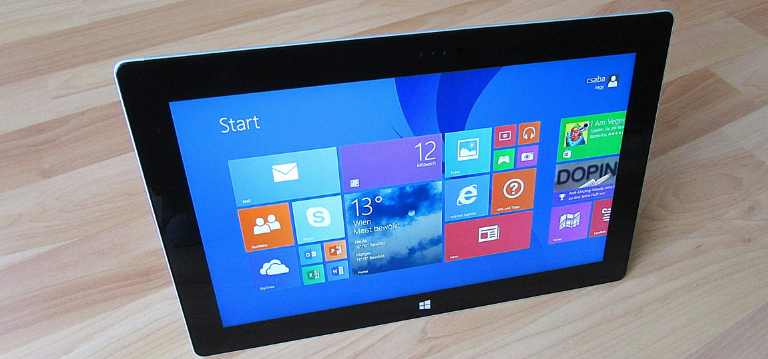In today’s hyper-tech business environment, there’s no shortage of collaboration technologies on the market and when it comes time to start picking one you probably have a ton of questions - here’s a good starting point.
“I’ve covered this space for nearly 20 years, I know all the tools, and personally, I’m overwhelmed,” said Alan Lepofsky, vice president and principal analyst at Constellation Research, of the collaboration technology market.
So, where do you begin? With understanding the why.
Collaboration technology essentially helps employees working on the same task to accomplish shared goals. It can connect you with people in different places so you can communicate, and share documents and other information without having to physically be in the same office, or country, for that matter. Your choice of collaborative technology becomes your mobile boardroom from where the team can work towards one goal.
“These suites are created to improve how documents, files, and other forms of media are shared for a more effective and better team collaboration,” as noted on Finances Online.
Here are three questions you should ask when deciding on which collaborative technology is the right fit for your company:
1. What is the company strategy around technology?
What kind of collaborative technology are you looking for and what are you planning to use it for? These technologies can be grouped into three categories according to their functions. What do you want to get out of your tech?
Communication tool
With these tools, you can send messages, files and other data between people, individuals or groups, and coordinate the sharing of this information.
Conferencing tool
This type of collaborative tool serves the same function as the above communication tools but with more interactive options, such as video functionality, among other functions.
Coordination tool
These tools include functions to assist in the management of complex interdependent work on a shared project. “The best collaboration management tools often facilitate as well as manage group activities,” says the Finances Online.
2. Do I want to own the tech?
This depends on the vendor and the buyer. Some vendors require you to buy the technology outright, whereas others don’t like to hand over control to the buyer. Alternatively, the buyer may use the technology on a pay-as-you-go basis. In my opinion, owning the tech is all about control, but the question is whether it’s worth the cost.
Most systems are licensed nowadays and work on an annual renewal of licensing. Microsoft has implemented a new configuration service provider (CSP) system, which is an interface in the client operating system that allows the client to read, set, modify, or delete configuration settings for any one feature.
The Microsoft Office Enterprise suites, including E1, E3 and E5, all come with their own set of collaborative functions.
When it comes to your hardware, security is the number one priority, which is why you should own the hardware the technology runs on.
3. Do you want a single source or would you rather outsource to various departments?
Would you rather use a full-service vendor like Microsoft who has a set of collaborative functionalities or use separate vendors, such as Circuit, which is specifically designed with communication and conferencing in mind?
Single or multiple, each has its pros and cons. For instance, on the one hand, you get a specialised service from each of your multiple vendors, whereas a single vendor offers an array of services and won’t necessarily be able to match the attention to detail. On the other, a single vendor may provide a uniform user interface, which makes it easier to operate the various tools.
At the end of the day you probably have a myriad of other questions you will want to ask yourself and your collaborations provider when deciding on a collaborative technology suit, but it comes down to one overriding question: does it add value? We recommend you continue asking this question even after you have purchased and implemented the tech to ensure you’re getting the most out of your systems.
Is your organisation ready to move to the cloud? Take our technology audit and find out!
Find out more about the world of unified communications and the technology that will help you grow by subscribing to our blog.




